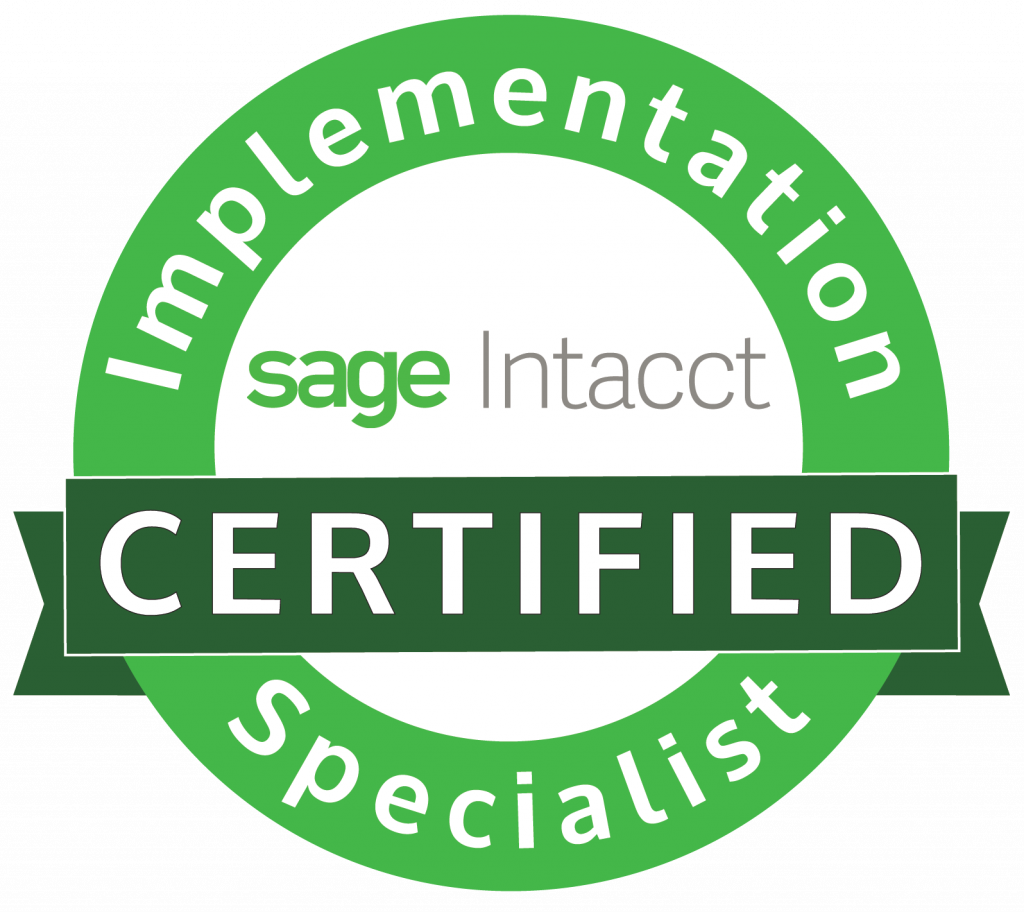“Digital transformation” is one of those buzzwords that seems to be everywhere right now. From e-commerce to manufacturing, everyone is talking about the impact of digital transformation.
The term “digital transformation” makes it sound like a magician is at work behind the scenes. Presto, change, click a switch, and voila—your entire organization has undergone a magical transformation!
If only it were that simple. Organizations undergoing digital transformation may find themselves struggling with new questions if they lack strategy behind their adoption of new technology.
There are three pillars, or core concepts, embedded within every successful digital transformation. We suggest having these three areas addressed well in advance of your digital transformation project to boost its chances of success.
A Clear Strategy and Alignment of Vision
Success doesn’t happen by accident. A successful digital transformation project occurs when the strategy and vision behind the project align with an organization’s clarity of purpose and mission.
What is the vision behind the project, and how does it help an organization fulfill its mission? New technology can improve the organization’s ability to fundraise, track grants, and/or manage fund accounting. These are all worthwhile and noble goals. Map out how the new technology you hope to implement helps you fulfill a goal that is clearly aligned with your organization’s mission, purpose, and vision for the future.
Shared Decision Making Around New Technology
It’s tempting to think the purchase of new technology is an IT-department responsibility. But the best IT departments will tell you that all stakeholders—those who will use the technology daily—are the ones who need to be at the table when creating the technology requirements document and exploring options.
Shared decision-making around new technology is essential to finding the best technology that will meet your organization’s needs. Each stakeholder knows their respective area of business best and can provide the most valuable input into how the technology under consideration will help them do their work better.
Any digital transformation team gathered at your organization should include a representative from each major area of responsibility: accounting, finance, operations, program management, marketing, outreach, grant management, donor management, and more. Let those who will use the technology have a voice in the decision of which one to adopt and why.
Process Changes, Too
The third pillar, or major consideration, when undergoing digital transformation is that technology never lives in isolation. It is the impact of technology on people, processes, and things that makes it such a transformation.
The people in the equation—your staff and stakeholders who will interact daily with the technology—must adapt and change their behaviors to work with the new system. There may be a steep learning curve for some. Routines must change, and with changing routines, come changing processes.
No matter how user-friendly the new technology, processes and people must both adapt to it. Make sure you give everyone the time and space they need to learn to use the new technology. Keep an open mind and be flexible to process changes and adaptations, too.
Are You Ready for Digital Transformation?
You’ve probably seen those ads on television for diet programs. They always show before and after pictures: someone looking sad and overweight in the before picture, triumphant and overjoyed in the after photo. What they never show is the in-between: the daily struggle to make wise choices, the moments of decision that lead to a successful outcome.
Your organization’s digital transformation is also like those weight loss programs. You have a “before” shot now: a problem you need to solve, a process that’s cumbersome or slowing things down, and so on. What you desire is the “after” effect: faster, more productive work. But, to get there, you’ll need to bring together these three pillars of strategy and vision, shared decisions, and adapting process to make it successful.
Welter Consulting
Welter Consulting bridges people and technology together for effective solutions for nonprofit organizations. We offer software and services that can help you with your accounting needs. Please contact Welter Consulting at 206-605-3113 for more information.








Recent Comments